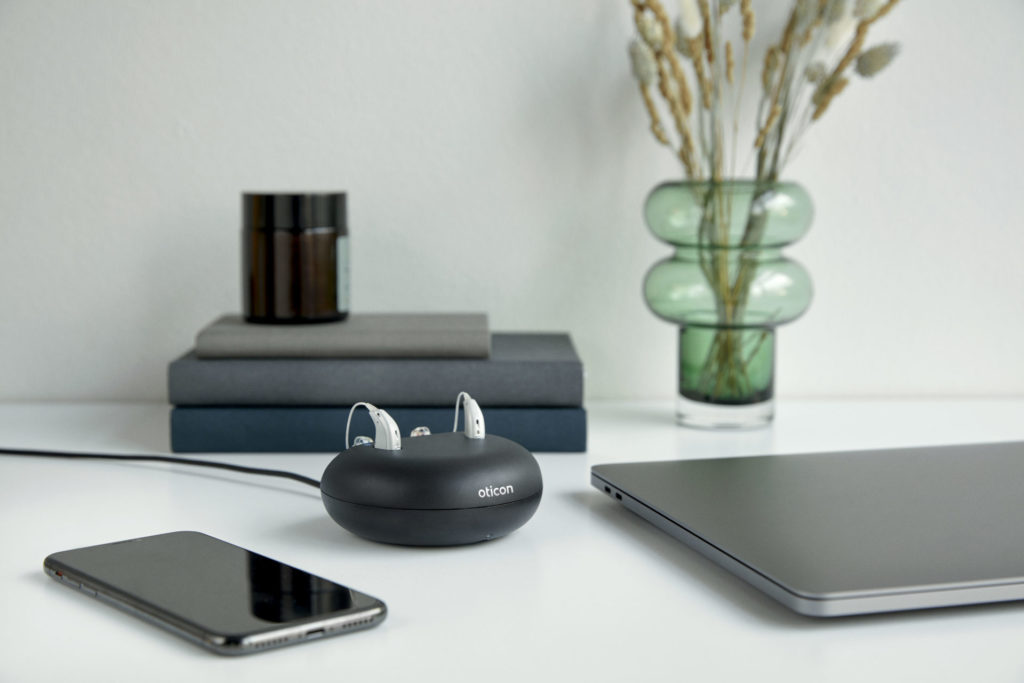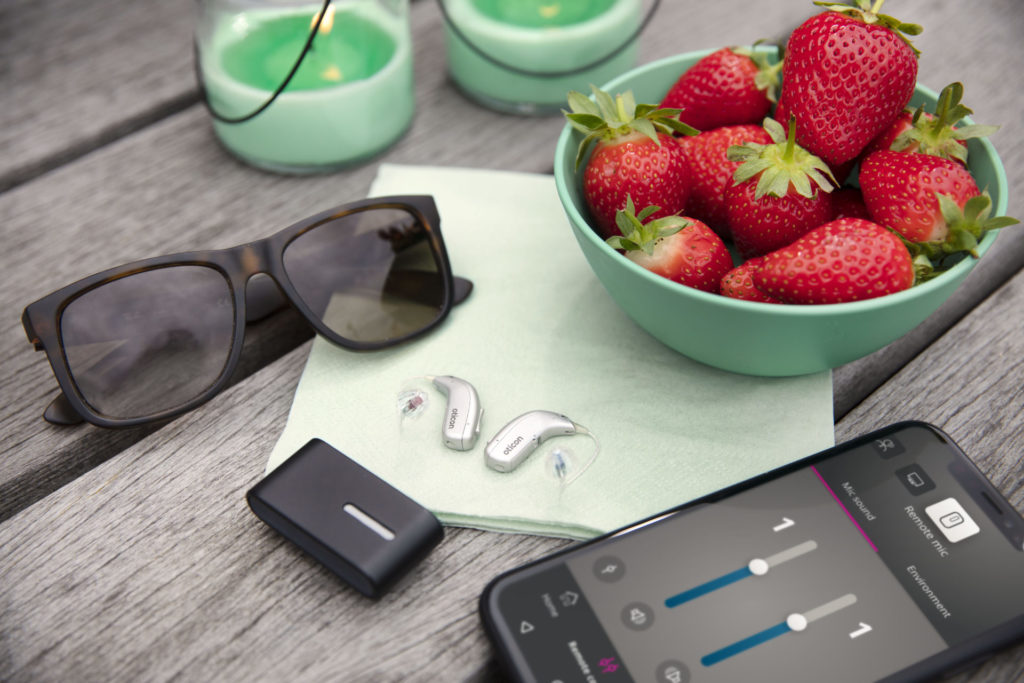Common hearing aid problems
Around 2,000,000 people in the UK use hearing aids to improve their hearing, however, despite the advanced technology they can still be affected by common problems such as ear wax and water damage.
In this blog, we will be exploring the most common hearing aid problems so you can keep enjoying your hearing without any disruptions.
Why is my hearing aid whistling?
Hearing aids work by transmitting the external sound around you into your ears. Relevant frequencies are amplified to aid you in specific areas where you struggle with hearing.
The transmission works through a small microphone built into the hearing aid device, this microphone picks up the sound around you and then transfers this information to the amplifier. Here, different sounds are amplified to increase the power travelling through the ear canal.
Sometimes, people who wear hearing aids may find that they hear a high-pitched whistling sound through their hearing aids. This is often due to the microphone being blocked, causing transmission issues. As a result, feedback occurs and loops the sound coming from your hearing into the hearing aid microphone. This can be easily fixed by making sure there is no debris or wax covering the microphone. If there is, simply make sure it is clean and the whistling should stop.
If the whistling does continue it could be due to poorly fitted hearing aids since the sound will leak out of any space and be transmitted back into the hearing aid. Here at Nathan Gluck Hearing Care, we offer services to adjust hearing aids if they are causing you any problems. If you would like to learn more, click the link to our hearing aids page.

A final issue that could be causing your hearing aids to whistle is a blockage of ear wax. Because the sound is getting blocked from being transmitted the sound will, again, loop around and cause whistling. The best solution for this issue is to book an ear wax removal appointment, if you try and remove the ear wax yourself you risk pushing the buildup into your inner ear. We offer microsuction ear wax removal, click the link to learn more.
My hearing aid keeps falling off / is uncomfortable
If you find your hearing aids are continually falling off or are generally uncomfortable to wear, this likely means that they are the incorrect size for your ears. As previously mentioned, we offer services to help adjust your hearing aids and can fix this issue.
Another reason your hearing aids may be falling off continuously is that they could be slightly moist, either from the oils in your ears, or there may have been some moisture in your ears. An easy solution is to take out your hearing aid and wipe the inside of your ears dry with a towel and then repeat on your hearing aid. If the hearing aid continues to fall out it will most likely be due to the size of the hearing aid in your ear.
What if I get my hearing aid wet?
If you get your hearing aid wet make sure to take it out of your ear but do not take it apart to try and dry it – this can damage the components of the hearing aid and could stop it from working altogether. Hearing aids should only be disassembled by a professional audiologist.
Most hearing aids are water resistant so a small splash of water shouldn’t affect them too much as long as you dry them gently afterwards and leave them to completely dry out as well, however, they are not waterproof so large amounts of water such as a pool, shower, or bath will most likely stop the hearing aid from working.
After a length of time, if you try your hearing aid and it still isn’t working it will most likely mean the water has damaged the hearing aid internally and you may need to book a repair or a replacement. If you would like to book an appointment with us click the link.

My hearing aid is very quiet
If your hearing aid is very quiet the most simple step will be to first ensure that all your sound settings are correct. Many hearing aids now offer Bluetooth pairing with your phone in addition to a downloadable app, check here first to make sure all the settings are correct.
In other circumstances, you may have a build-up of ear wax in your ear only allowing a small amount of sound to enter through the hearing aid. For this, you will have to book an ear wax removal appointment, if you would like to learn more click on the link to our ear wax and microsuction blog explaining all the information about the procedure.
My hearing aid has stopped working
If your hearing aid has stopped working and stopped responding when you try and turn it on, the first solution may be to charge the battery. Although this may sound obvious there is a chance you may have not charged your hearing aids for long enough, or at all! So it’s always best to check first.
If you need to replace the battery, then speak to the audiologist where you initially got your hearing aids. If you try and find the battery part yourself there is a chance of you purchasing the incorrect component. In addition to potentially damaging the hearing aid when you try and remove the old battery and install the new one.
Hopefully, after reading through this blog you have been able to fix any hearing aid issues you were initially concerned about. If you are still struggling to fix your hearing aid then it might be best to go straight to your audiologist, if you would like to book an appointment with us to help click on the link or call at 0800 781 0422
Get in touch
If you’re concerned you may have a problem with your hearing, or you’d like to arrange a hearing test for a family member, we’re here to help.
Nathan Gluck Hearing Care,
20 Wentworth Road,
Golders Green, London,
NW11 0RP, UK